Love, loss, a bottle and palingenesis by Kenelm Digby (11 photos)
In an effort to regain what they have lost, people sometimes get something completely different from what they originally wanted. 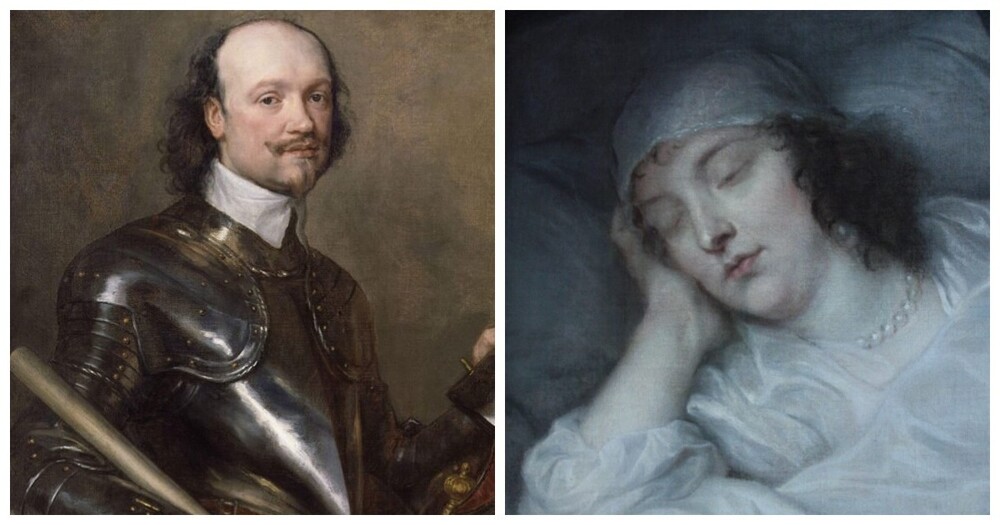
The Englishman Sir Kenelm Digby (1603–1665) is a versatile and outstanding personality in every sense. Perhaps he was even one of the few who managed to look beyond the brink. 
Kenelm Digby
The boy lost his father early - he was executed on suspicion of treason. Kenelm was taken from his mother and placed under the care of Archbishop Laud. The gifted teenager entered Oxford, where he came under the influence of Dr. Thomas Allen, one of the most enlightened and intelligent people of his time.
While visiting his mother in Gayhurst, he noticed his sweet neighbor Venice Stanley, a beauty and a representative of a noble family. He saw only her as his wife and lover. But Kenelm’s mother was against the union, considering the girl too flighty (at least three other suitors constantly appeared in her circle). 
Kenelm Digby
The feelings turned out to be mutual. Although the lovers had to overcome many trials - slander, gossip, betrayal. Even Digby's supposed death. But as a result, they still got married secretly in 1625. The couple had sons - Kenelm, John, George and Edward. Whatever lifestyle Venice led before marriage, after marriage she became a pious Catholic, spent a lot of time at masses and did charity work. 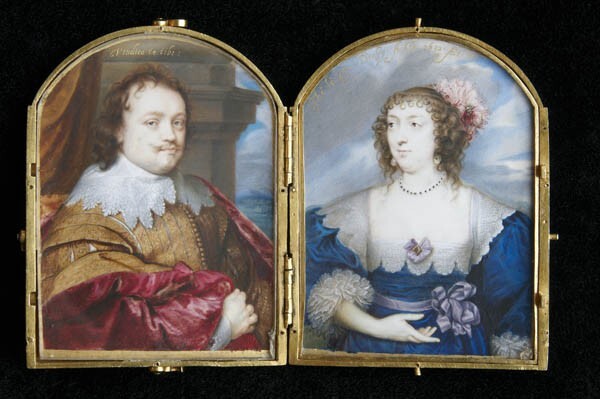
The Digby couple
It seemed that only happiness and quiet old age lay ahead. But the plans to grow old together were not destined to come true. A fair-skinned, statuesque beauty with curvaceous figures, sad eyes and a cascade of brown hair, she understood that she was aging irreversibly. 
Then we drank something even more creepy
Women are women at all times. And they always strive to preserve youth and beauty. A popular remedy among European women of that period was something dubious called “snake wine.” The substance was a herbal tincture mixed with baked snake entrails. 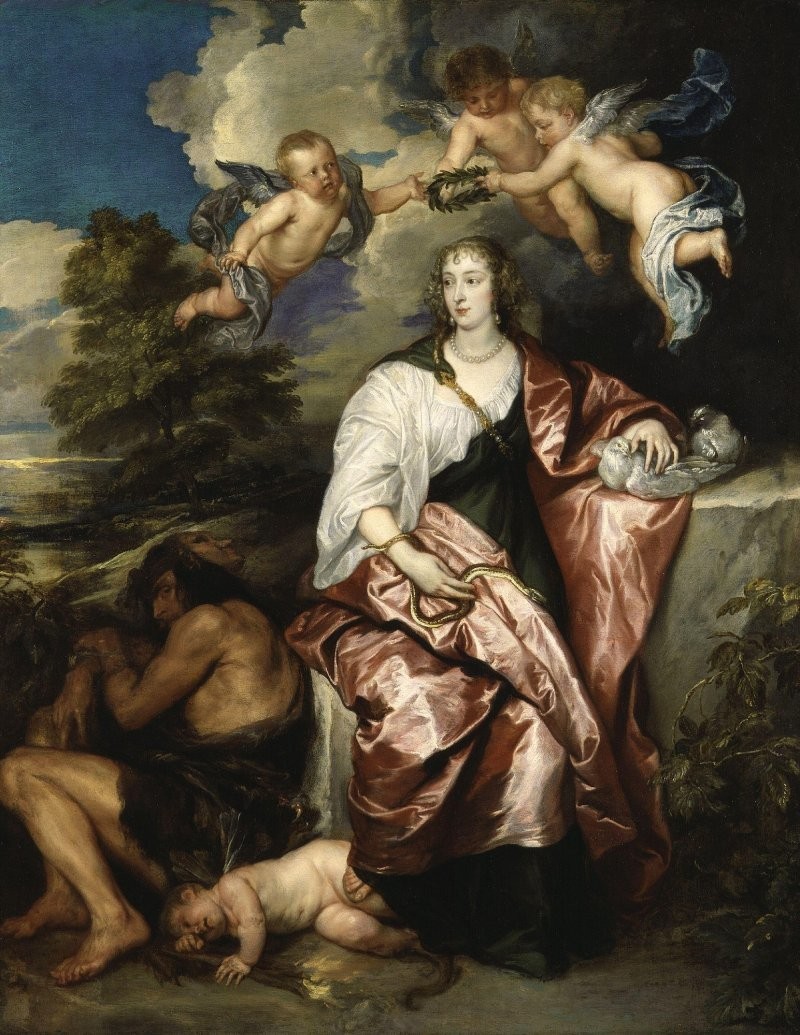
Portrait of Venice Digby
Venice “pampered” itself with such dirty tricks, trying to rejuvenate and cleanse the body. However, her husband supported her in this. Until May 1, 1633, the wife died. It is highly likely that the poisonous nightshade in the “wine” contributed to the rapid death of the 33-year-old beauty. 
Posthumous portrait of Venice
A grief-stricken widower ordered a portrait of the deceased. It was written by the brilliant Van Dyck himself. Capturing the deceased immediately after death in the same position in which she left this world.
The portrait became Digby's greatest treasure. The successful courtier and diplomat closed himself off from the world, dressed in black, and stopped shaving his beard. In a word, he turned into a voluntary hermit. And he devoted almost all his time to the study of palingenesis - one of the areas of alchemy that dealt with the problems of resurrecting the dead - plants, animals and even people. He really wanted to return his beloved Venice. 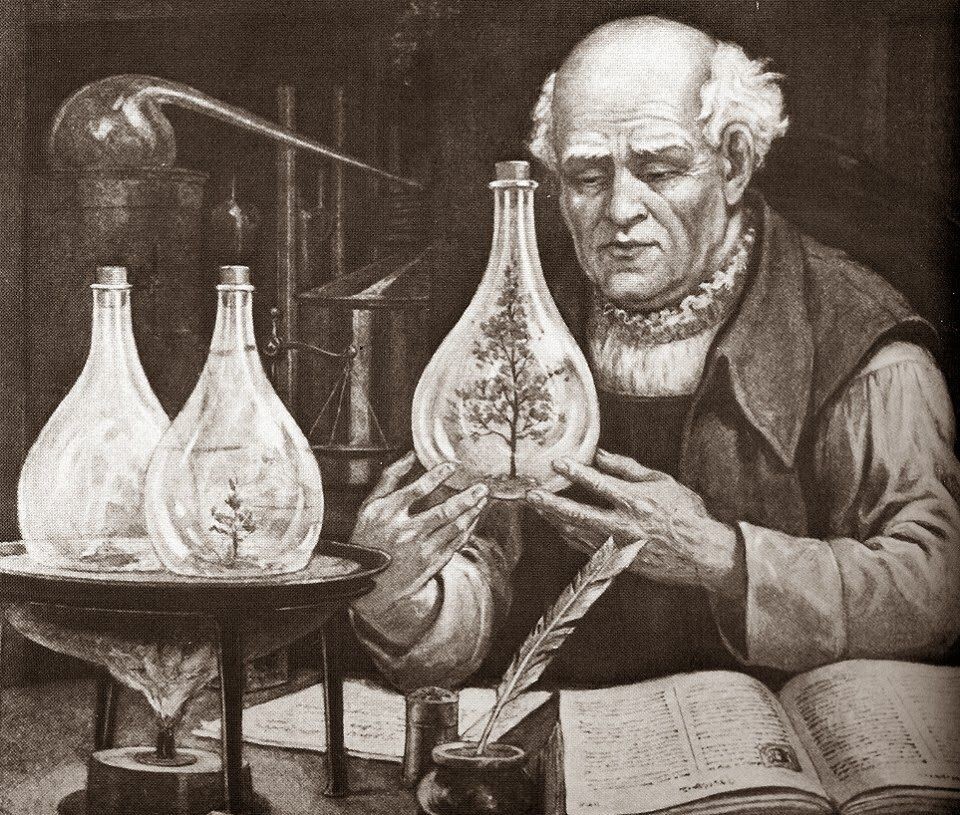
In alchemy, the following types of palingenesis are distinguished:
Palingenesis of shadows (imaginary) – reproduces the astral body (phantom, “ghost”) of a plant, animal or person, not recorded by the senses.
Palingenesis of bodies (real, natural) – accelerates the growth and restoration of destroyed organisms, recorded by the senses.
Creation of homunculi (artificial people). 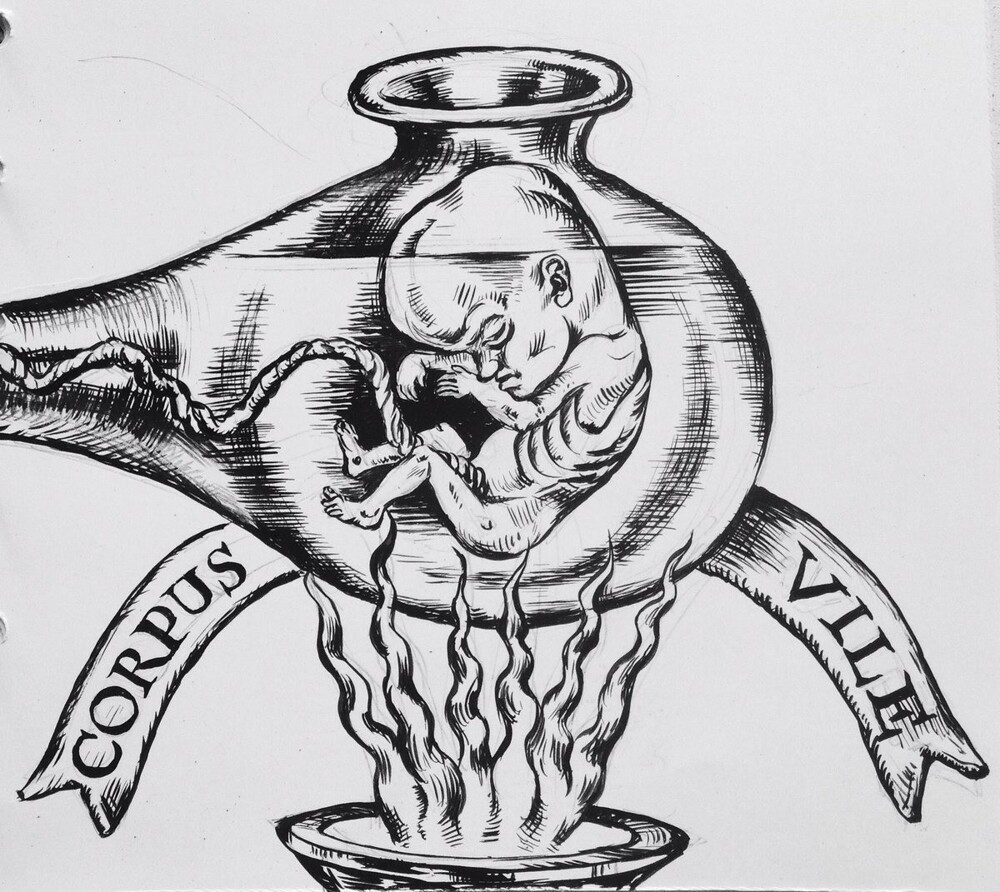
Digby stored the results of his experiments - tinctures, decoctions, mixtures in flasks, flasks, vials and bottles. There were more of them around him than living people. Some liquids fermented and formed gas. And the traffic jams flew out, which irritated the man, distracting him from work. 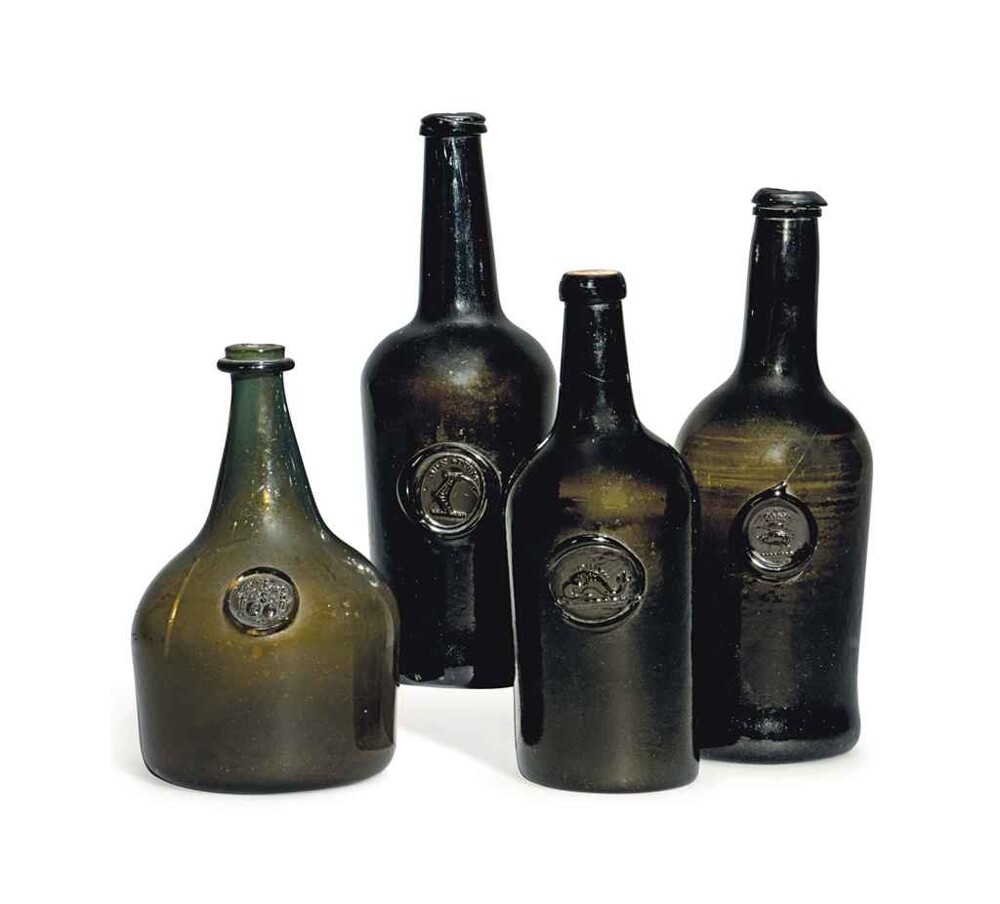
And then Digby came up with a special container. And in fact he became the inventor of the modern wine bottle with a high conical neck and a concave bottom. Back in the 1630s, a man ownedl glass factory, where, in his free time from other activities, he conducted experiments with the composition of the mixture used for glass production and the design of coal furnaces. His bottles turned out to be more durable and stable than those of competitors. And the color – green or brown – protected the contents from sunlight.
Although Digby himself stated that he was able to restore burned crayfish, he did not achieve real results in palingenesis. But he became the author of several treatises devoted to various branches of knowledge - philosophy, alchemy, cooking. He also left detailed memories of his own life. And also an absolutely amazing book with the intriguing title “Book of Secrets.” Only instead of recipes for philosopher’s stones and other alchemical gizmos, it contained more than two hundred recipes for mead and mash (it’s not for nothing that he experimented with bottles?) 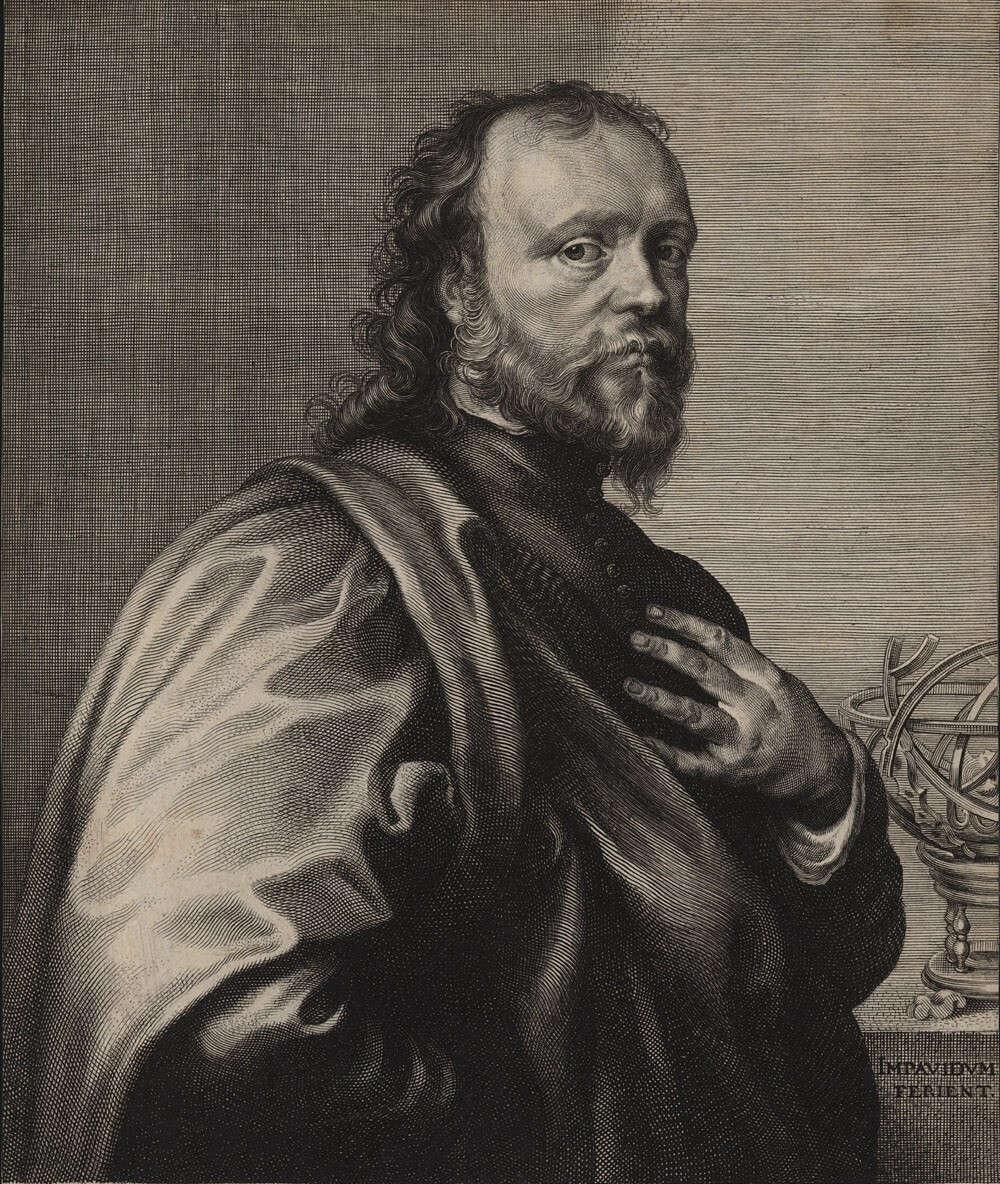
He outlived his beloved wife by 32 years. Symbolically, he passed away on his own birthday, when he turned 62. His final resting place, a tomb in Christ Church (Newgate) next to his wife, disappeared in the flames of the Great Fire of London. But books, memory and the possibility that palingenesis (what if?) exists remain.






















